Best Practices Articles

Making Market Development Funds Work for You
There’s a pot of gold waiting for IT solution providers – and technology vendors are almost uniformly frustrated in getting their channel to make use of it. Vendors who sell through a channel or an agent network allocate between 1 and 2% of their top line revenue as Market Development Funds for their partners. However, for the most part, these Market Development Funds (MDF) fail to realize their potential. There are many reasons, chief among which are the lack of organized ways to allocate funds, track activities and measure outcomes. As a result, MDF is notorious for yielding the worst return in comparison to other direct marketing activities. Through our years of engagement in channel programs around the world, we have observed that companies who take the following steps to get the highest return from their MDF programs.
- Understand where MDF will be relevant – Vendor companies provide clear directives for their direct marketing teams that, in turn, should dictate how funds are allocated across business lines, product lines and activities. Some of these direct marketing budgets may be allocated for branding, with a portion also reserved for demand generation. This is an important dividing line. In a B2B environment, MDF initiatives focused on branding rarely produce good return, until and unless a large – possibly huge - amount of fund is allocated. The ‘Intel Inside’ campaign, which is based solely on generating brand awareness, is an example of the behemoth branding approach. On the other side of the line, focused demand generation activities with specific sales or lead generation goals and defined time windows are more likely to produce measurable results.
- Set a clear strategy – Once you have determined where to allocate your funds, you need to determine where and how you want to drive return: marketers always need to begin with an end in mind. Identification of markets, business lines, products, customer types and partner capabilities are all critical elements. The majority of vendors open their MDF programs to all partners and offer a 50 to 80% reimbursement rate for approved activities - but often the funds are wasted in unproductive activities, or unused because partners can’t get beyond the planning stage. A better approach would be to pick a tightly defined solution or product set, focus on a market area, narrow the partner qualification criteria, and work within those boundaries with proven programs that you know will drive results.
- Stick to tried and tested campaigns – Marketing is a blend of art and science, and new campaigns often need adjustment in the initial stages. The road to success takes experimentation with campaign targets, messaging, methods and offers. Since partners are invariably time-constrained and lack marketing resources, using the partner network to experiment with new campaigns and programs is a sure way to fail. Yes, there are exceptions, but if you want to ensure return, test new programs with your direct sales teams, and only then promote successful campaigns via your indirect channel.
- Set guidelines and reporting requirements – We often see organizations allocate MDF, roll out programs, pay out on MDF claims and then move on to other initiatives without requiring partners to report back on activities and results. An effective MDF process requires a structured plan approval followed by an equally structured proof of perform and ROI reporting process. These must be enforced if the MDF program is to succeed. Channel account management team members need to have regular reviews with the partner base to make sure partners understand that they are not only responsible for driving execution, but also are on the hook for reporting results. Otherwise, you will not be able to track ROI.
- Deploy localized, automated tools– We are all busy, but there is way to create more time: by strategically deploying Channel Marketing Automation tools to reduce workload and streamline tracking and reporting. Without an automated MDF management process, both vendors and partners end up spending an enormous amount of time via email, spreadsheet, phone calls, and meetings to approve a marketing plan, track results and pay out funds. This not only drains organizational effectiveness, but can also have a negative psychological impact on the partner, who will not be energized by a time-consuming planning and claim process.
- Promote success– Once you have picked a clear strategy, defined programs, rolled them out to a group of partners and started to track results, get out the megaphone. It’s important to aggressively promote successes across your partner base both locally and globally. Success breeds success, and never more so than in the channel.
- Do it again – Marketers are creative by nature, and always challenged to try something new. However, before you switch horses, make sure your campaigns and programs have really run out of their potential. If a campaign is still working, let it roll. Developing a successful campaign through the channel takes at least six months – three months to ramp and roll out, and another three months to execute and track. Many marketing programs, including MDF-funded programs, run successfully year after year. So, before you give up and move on, make sure that a change is warranted and that you’re not killing the goose that lays the golden egg.
ZINFI’s Partner Relationship Management (PRM) platform can provide you with a complete set of integrated Channel Marketing Automation platform. ZINFI’s PRM platform comes with an easy to use fully configurable Market Development Funds (MDF) management capabilities, which can support multiple currencies, exchange rates and local languages. Full integration with ZINFI’s Market-Through Partner Marketing Automation capabilities allows end to end tracking of campaigns and results.
Best Practices Guidebook
 Mastering LinkedIn: Building Personal Brands for Social Selling
Mastering LinkedIn: Building Personal Brands for Social SellingDownload for FREE
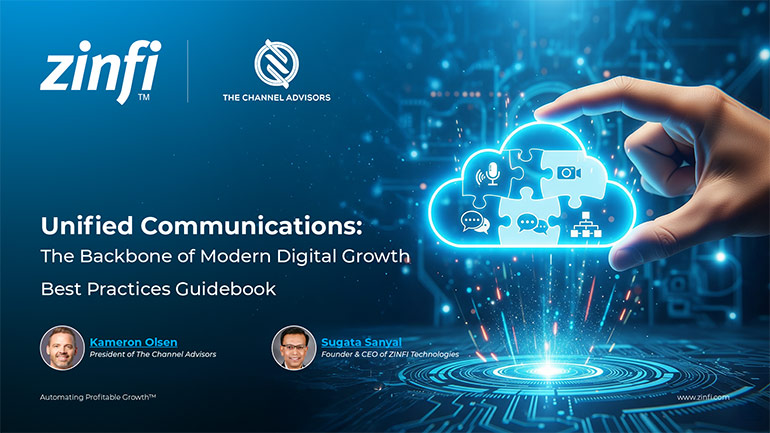 Unified Communications: The Backbone of Modern Digital Growth
Unified Communications: The Backbone of Modern Digital GrowthDownload for FREE
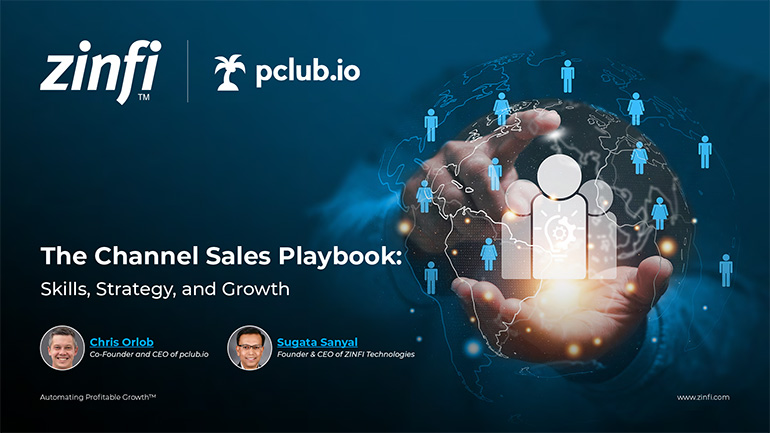 The Channel Sales Playbook: Skills, Strategy, and Growth
The Channel Sales Playbook: Skills, Strategy, and GrowthDownload for FREE
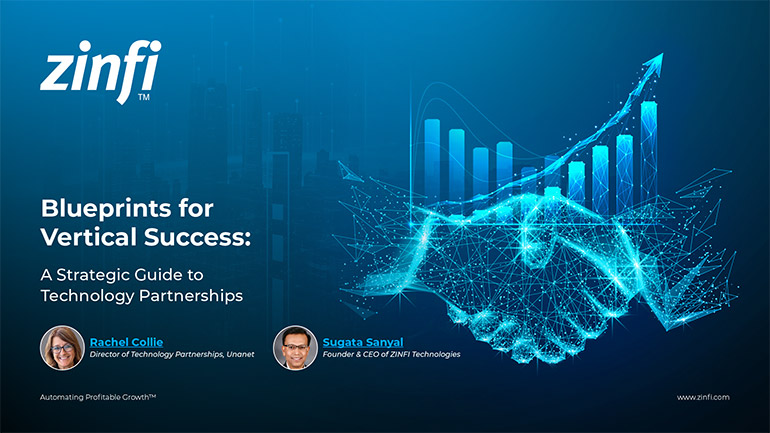 Blueprints for Vertical Success Best Practices
Blueprints for Vertical Success Best PracticesDownload for FREE
 The Future of Partner Enablement: From Enablement Gaps to Global Advantage
The Future of Partner Enablement: From Enablement Gaps to Global AdvantageDownload for FREE
 Reimagine Sales Development. Build a Smarter Prospecting Engine
Reimagine Sales Development. Build a Smarter Prospecting EngineDownload for FREE
 The Zero Trust Imperative: Fortifying Enterprise Security Against AI-Driven Threats
The Zero Trust Imperative: Fortifying Enterprise Security Against AI-Driven ThreatsDownload for FREE
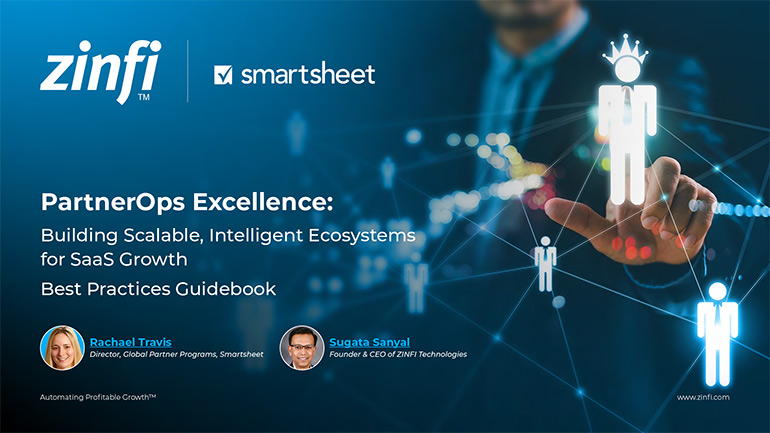 PartnerOps Excellence: The Definitive Guide to Scalable SaaS Ecosystems
PartnerOps Excellence: The Definitive Guide to Scalable SaaS EcosystemsDownload for FREE
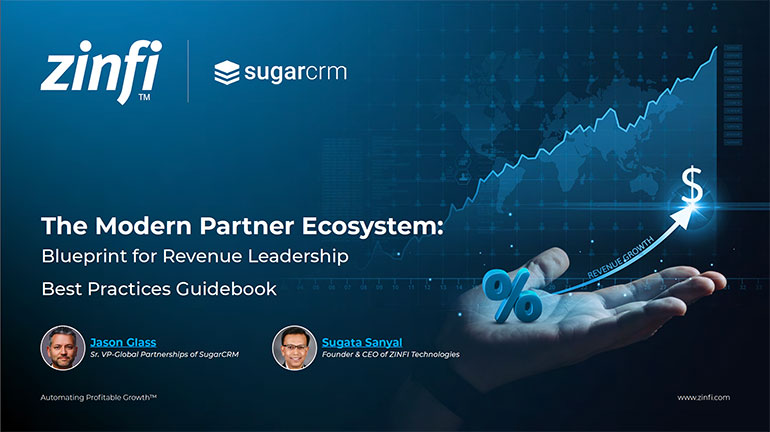 The Modern Partner Ecosystem Best Practices
The Modern Partner Ecosystem Best PracticesDownload for FREE
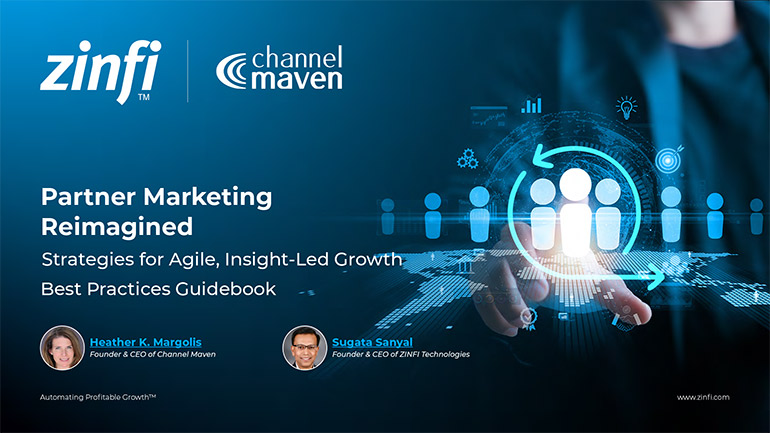 Partner Marketing Reimagined: Strategies for Agile, Insight-Led Growth
Partner Marketing Reimagined: Strategies for Agile, Insight-Led GrowthDownload for FREE
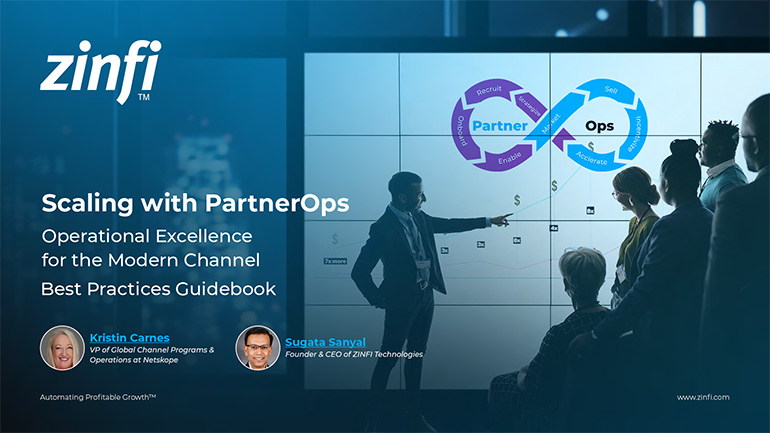 Scaling with PartnerOps Best Pratices
Scaling with PartnerOps Best PraticesDownload for FREE
 Leading with Partner Programs Best Pratices
Leading with Partner Programs Best PraticesDownload for FREE
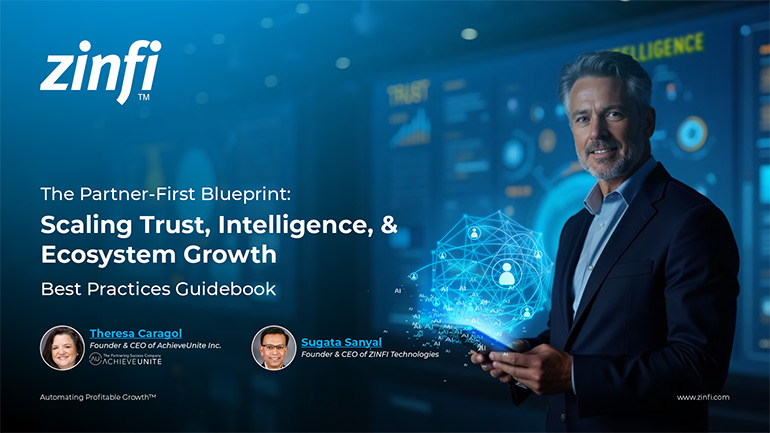 The Partner-First Blueprint: Scaling Trust, Intelligence, and Ecosystem Growth
The Partner-First Blueprint: Scaling Trust, Intelligence, and Ecosystem GrowthDownload for FREE
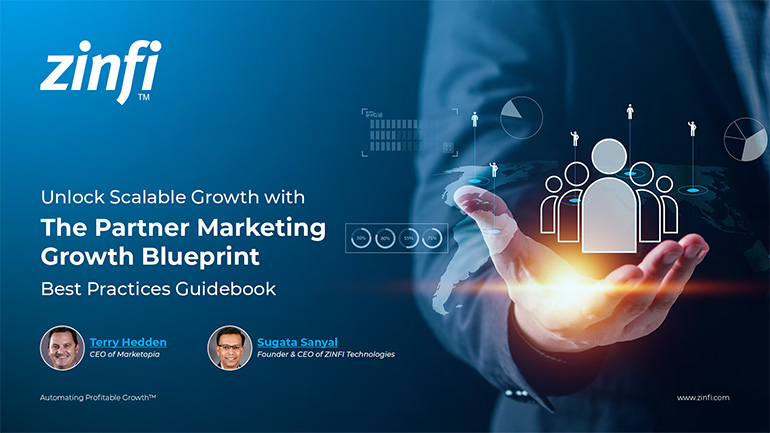 Unlock Scalable Growth with The Partner Marketing Growth Blueprint
Unlock Scalable Growth with The Partner Marketing Growth BlueprintDownload for FREE
 From TikTok to LinkedIn: Social Selling Across the Generational Divide
From TikTok to LinkedIn: Social Selling Across the Generational DivideDownload for FREE
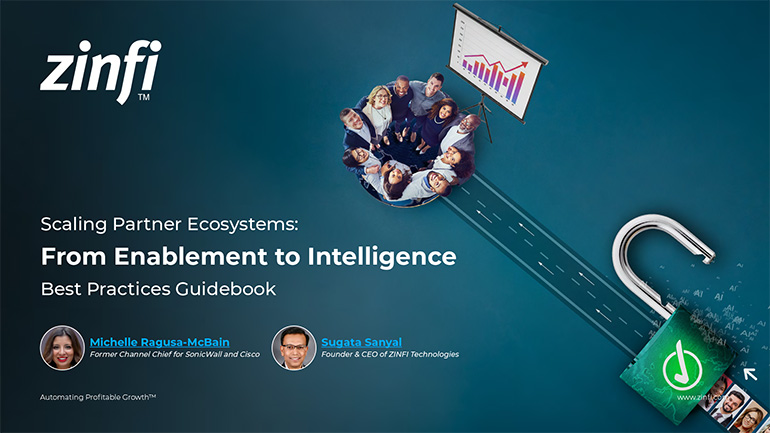 Scaling Partner Ecosystems: From Enablement to Intelligence
Scaling Partner Ecosystems: From Enablement to IntelligenceDownload for FREE
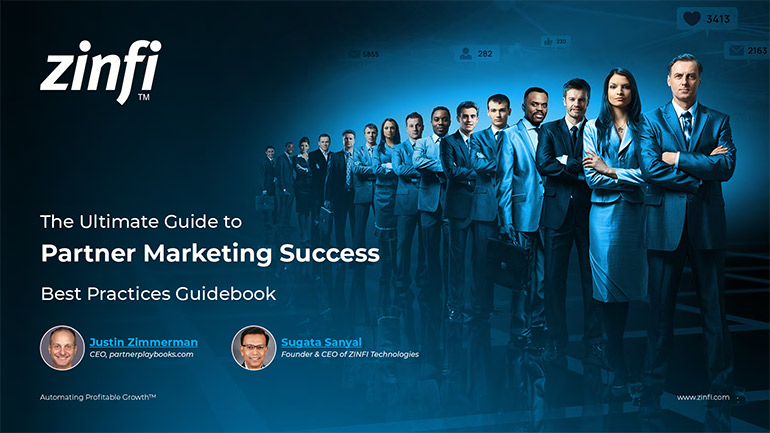 The Ultimate Guide to Partner Marketing Success Best Practices
The Ultimate Guide to Partner Marketing Success Best PracticesDownload for FREE








